




Essential Contributions of Renowned Physicists Explained
History is full of scientists who changed the world. Famous scientists made enormous contributions to humankind. There are different types of scientists, and based on their research and work, they are categorised. In Physics, many scientists made remarkable contributions to the world, which are irreplaceable to date; for example, Thomas Alva Edison invented the electric light bulb, which became an essential part of our day-to-day life. In this article, we will discuss some of the scientist’s information who dedicated their lives to invention and research for fruitful results.
Who is a Scientist?
The word scientist is a general term used to describe someone who researches and examines numerous aspects of the physical world to understand better how things work and function.
There are several specialisations of 'scientist', and depending on which field of study one chooses to follow, the work will vary greatly. Each scientist, however, follows 'the scientific method', which may be a strict set of rules that ensure all discoveries are factual and not simply speculation.
List of Scientists who Contributed to Physics
Here is a list of some renowned scientists who contributed a significant part to Physics:
Vikram Sarabhai: He was popularly referred to as the father of the Indian space program and played a major role in the establishment of ISRO (Indian space research Organisation).
C.V. Raman: He also discovered the Raman effect and won a Nobel prize for this theory.
William Gilbert hypothesised that the earth is a big magnet.
Archimedes: He discovered the laws of levers and pulleys and discovered one of the most vital ideas in physics.
Some of the famous scientists' names and photos will be discussed further in this article. A few famous Indian scientists' names include C.V. Raman, Vikram Sarabhai, Homi J. Bhabha and many more.
Isaac Newton (1642-1727)
Isaac Newton, in full Sir Isaac Newton, was born on December 25, 1642, in Woolsthorpe, Lincolnshire, England, and died on March 20, 1727, in London. Isaac Newton’s discoveries created a set off for future developments in science.
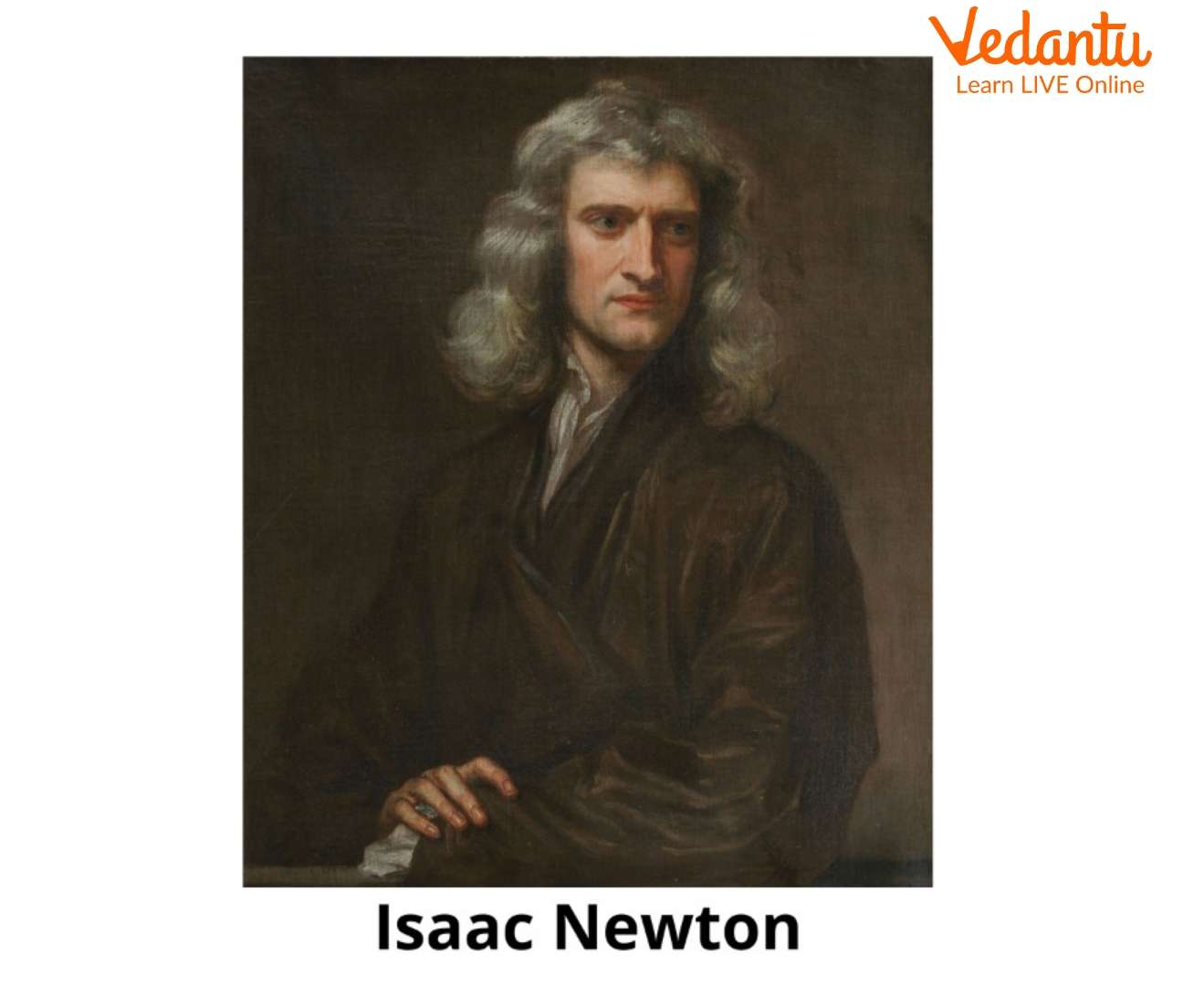
Isaac Newton
His innovations are as follows.
Newton’s three laws of motion are the primary foundation for modern classical mechanics.
The discovery of gravitational force predicts the force of attraction and movement of heavy objects in our space.
The discovery of calculus is another breakthrough, a mathematical tool, that aids the precise analytical and logical treatment of the physical world.
Isaac Newton is one of the greatest mathematicians and physicists of all time.
Thomas Edison (1847-1931)
Thomas Edison, in full Thomas Alva Edison, was born on February 11, 1847, in Milan, Ohio, the U.S., and died on October 18, 1931, in West Orange, New Jersey.
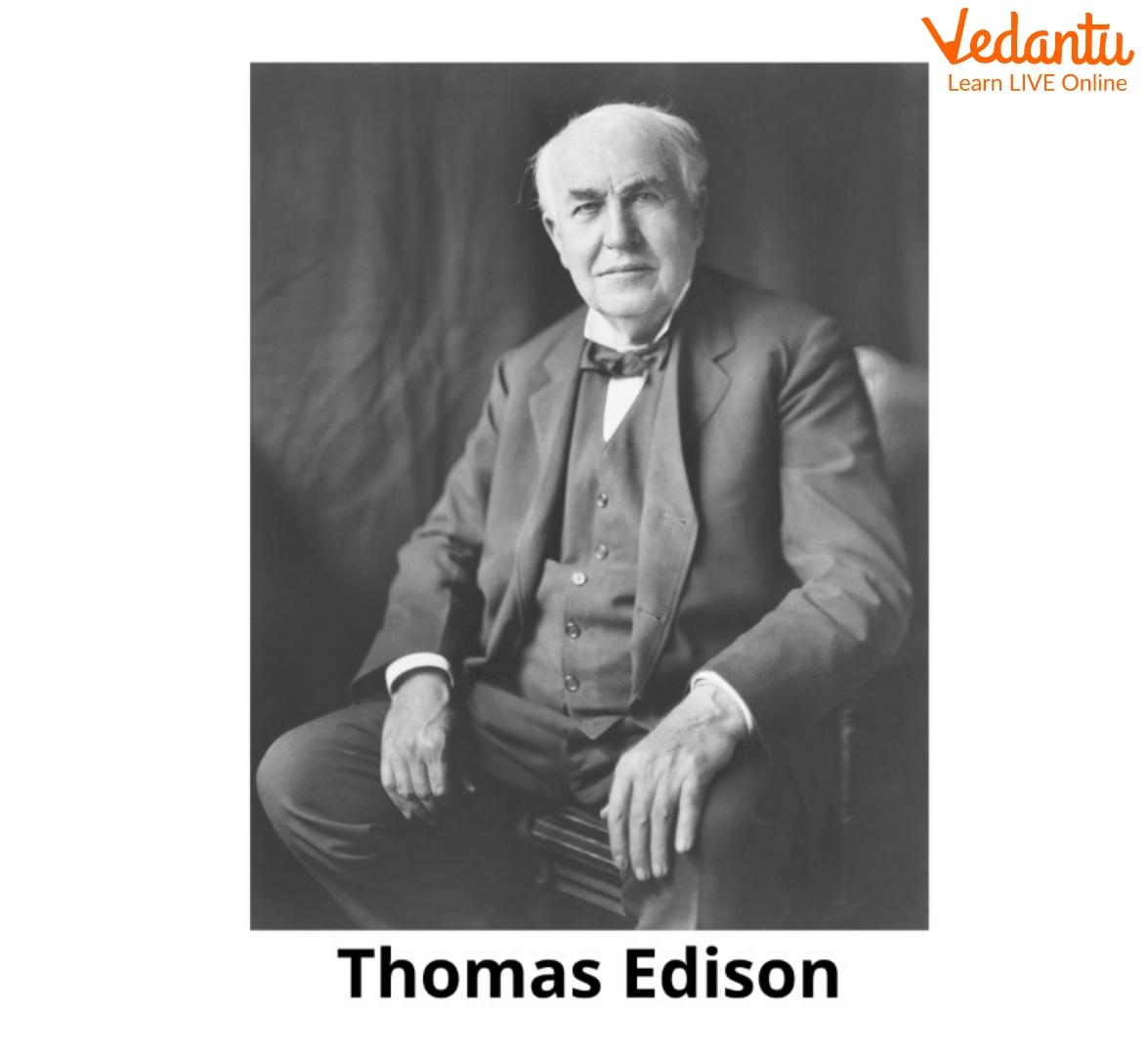
Thomas Edison
Thomas Edison made a lot of important inventions and discoveries. They are as follows:
The carbon rheostat
Discovered thermionic emission
Discovered incandescent light
Invented the motion picture camera
The fluorescent electric lamp
Edison has been called “America’s greatest inventor.” He developed many devices in fields like electric power generation and mass communication. He was one of the scientists who applied the principles of organised science and teamwork to the process of invention. He worked with many researchers and employees.
Nikolas Tesla (1856-1943)
Nikola Tesla was born in Smiljan, Croatia, in 1856 and died on 7 January 1943. Nikola Tesla's inventions brought numerous technological breakthroughs throughout history. He contributed innovations that even continue to impact our day-to-day lives.
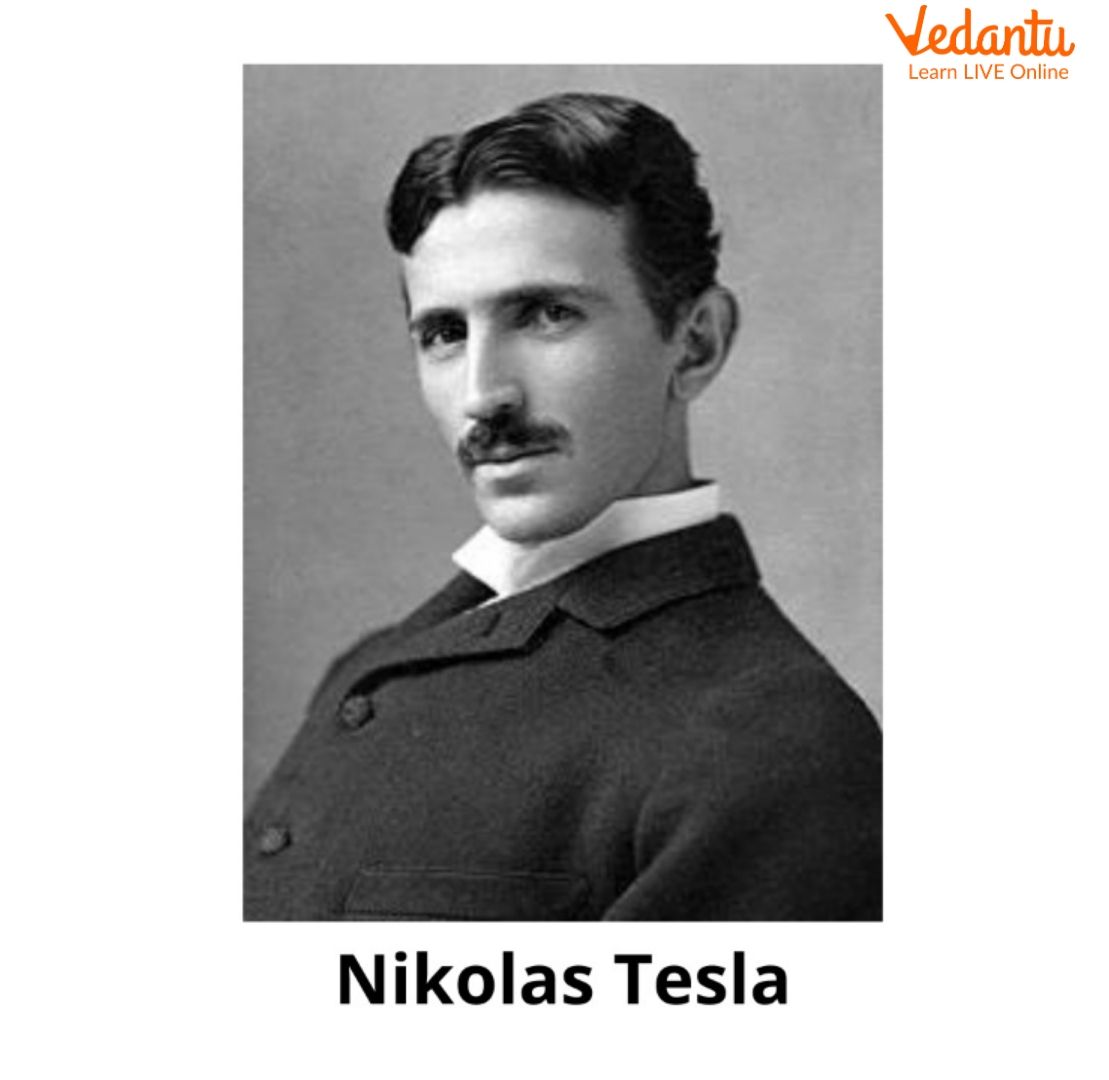
Nicolas Tesla
His inventions include:
AC Power
Tesla Coil
Shadowgraph
Magnifying Transmitter
Tesla Turbine
Neon Lamp,
Radio
Induction Motor
Radio Controlled Boat
Tesla created a tower using his infamous coils, which shot electric sparks through the air and the electricity is circulated through the coils by alternating current. Many of Nikola Tesla’s inventions went unrecognised. Others are lost as his notes were destroyed by fire.
C.V. Raman (1888-1970)
Sir Chandrashekhar Venkata Raman was an Indian scientist whose work was prestigious in the growth of science in India. He was the recipient of the Nobel prize for Physics in 1930 for the invention of the phenomenon of scattering of light.
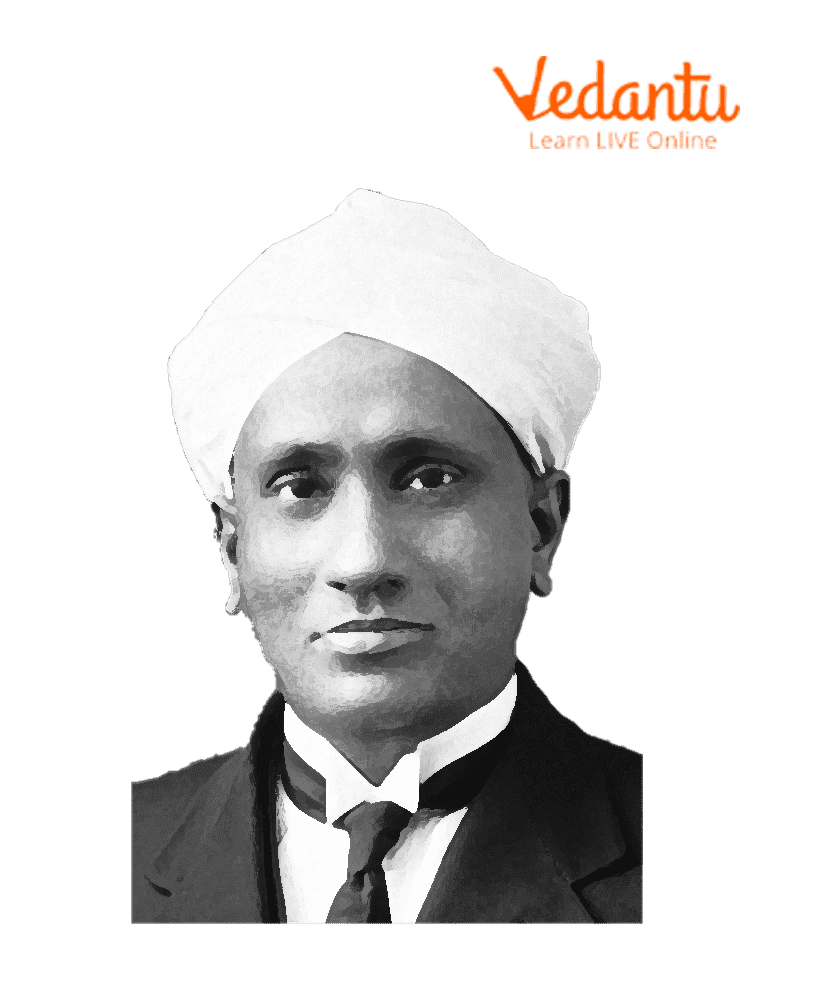
C.V. Raman
In 1947, he was named director of the Raman Research Institute there and in 1961, became a member of the Pontifical Academy of Science. He contributed to the building up of nearly every Indian research institution in his time, and founded the Indian Journal of Physics and also the Indian Academy of Sciences.
Homi J. Bhabha (1909-1966)
Homi Jehangir Bhabha was an Indian-born nuclear physicist who created vital contributions to quantum theory and cosmic radiation. He is known as the “father of the Indian nuclear program.”
He was the first Chairman of The Atomic Energy Commission of India. Bhabha’s 1st paper, “The Absorption of Cosmic Radiation”, in 1933 earned him a 3 year Isaac Newton studentship 1934.

Homi J. Bhabha
Bhabha received several awards and accolades from India as well as foreign universities and he was an associate of varied societies of science as well as the American National Academy of Sciences. He was awarded Padma Bhushan in 1954.
Bhabha remained a bachelor throughout his life. His hobbies were painting, classical music and opera, and botany. He was killed in mysterious circumstances, aged 56, when Air India Flight 101 crashed on January 24, 1966 close to Mont Blanc in Switzerland. In quantum physics, the cross-section of electron-positron scattering was renamed “Bhabha scattering” in his honour.
Satyendra Nath Bose (1894-1974)
Satyendra Nath Bose was born on January 1, 1894, in Kolkata, India, and died on February 4, 1974, in Calcutta. He was an adviser to the Council of Scientific and Industrial Research and later became a Fellow of the Royal Society.
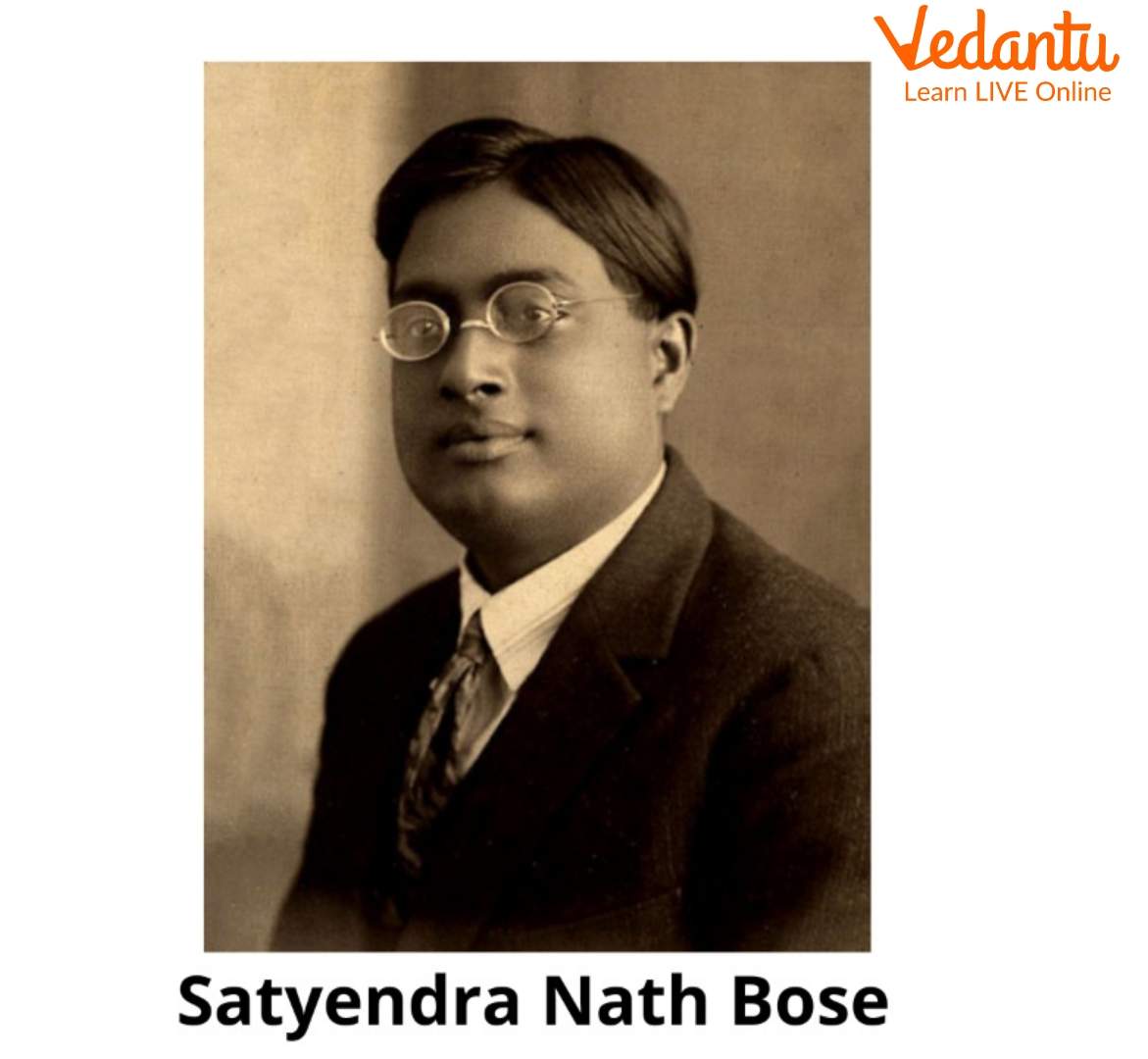
Satyendra Nath Bose
He was a polymath, whose knowledge spans a substantial number of subjects and worked on many research and development committees in sovereign India. Bose’s work led to many scientific breakthroughs, including the discovery of the particle accelerator and the God particle.
Stephen Hawking (1942-2018)
Stephen Hawking was born in Oxford, England on January 8, 1942, and died in March 2018. His contribution to the field of theoretical physics is remarkable. Dr Hawking is best known for his discovery that black holes emit radiation that can be detected by special instrumentation.

Stephen Hawkings
His work was on the characteristics of black holes. He authored many publications like “300 Years of Gravity”. He also wrote books such as A Brief History of Time and Black Holes and Baby Universes and Other Essays.
Scientist Names and their Discoveries
Summary
There is no doubt that all the scientific discoveries and inventions to date have revolutionised every aspect of our life. It's powerfully influenced the way we predict and the way we lead our lives. Owing to scientific inventions, we were able to find answers to queries that we thought we might never answer.
FAQs on Physics Scientists Who Shaped Our World
1. What is Albert Einstein’s most famous contribution to physics?
Albert Einstein's most famous contribution is the theory of relativity, which is divided into special and general relativity. This theory fundamentally altered our understanding of space, time, gravity, and the universe. His equation, E=mc², which demonstrates the equivalence of mass and energy, is one of the most renowned equations in all of science.
2. What were Isaac Newton's three laws of motion and why are they important?
Sir Isaac Newton's three laws of motion form the bedrock of classical mechanics. They are:
First Law (Inertia): An object will remain at rest or in uniform motion unless acted upon by an external force.
Second Law (Acceleration): The force acting on an object is equal to its mass multiplied by its acceleration (F=ma).
Third Law (Action-Reaction): For every action, there is an equal and opposite reaction.
These laws are crucial because they accurately describe and predict the motion of everyday objects, from a simple thrown ball to the orbits of planets.
3. Who was Marie Curie and what important discoveries did she make?
Marie Curie was a pioneering physicist and chemist famous for her research on radioactivity. She was the first woman to win a Nobel Prize and the only person to win it in two different scientific fields. Her most significant discoveries include:
The discovery of two new chemical elements: polonium (Po) and radium (Ra).
Developing the theory of radioactivity and the methods to isolate radioactive isotopes.
4. What is the Big Bang Theory and who is credited with proposing it?
The Big Bang Theory is the leading scientific model for how the universe began. It proposes that the universe started from an extremely hot, dense singularity and has been expanding and cooling ever since. The theory was first proposed by Georges Lemaître, a Belgian cosmologist and priest, whose work laid the foundation for modern cosmology.
5. What was Michael Faraday's contribution to our understanding of electricity and magnetism?
Michael Faraday made fundamental contributions to electromagnetism and electrochemistry. His most important discovery was electromagnetic induction, the principle that powers electric transformers, motors, and generators. He demonstrated that a changing magnetic field can induce an electric current, establishing a crucial link between magnetism and electricity.
6. How did Einstein's theory of relativity change our understanding of space and time?
Einstein's theory of relativity revolutionised physics by replacing Newton's concepts of absolute space and time. Special Relativity established that space and time are relative to an observer's motion and are interwoven into a single fabric known as spacetime. General Relativity further explained that gravity is not a force but a curvature of spacetime caused by mass and energy. This led to new predictions like the bending of light by gravity and the existence of black holes.
7. What is the main difference between classical physics (Newton) and modern physics (Einstein)?
The primary difference between these two branches of physics lies in their scope and the scales they describe.
Classical Physics, based on Newton's laws, accurately describes the motion of macroscopic objects at everyday speeds. It operates on the assumption that space and time are absolute and independent.
Modern Physics, which includes relativity and quantum mechanics, describes phenomena at extreme scales: at speeds approaching the speed of light, under immense gravity, or at the subatomic level. It reveals that concepts like time, space, and energy are relative and quantised.
8. Why was the discovery of radioactivity by scientists like Marie Curie so revolutionary?
The discovery of radioactivity was revolutionary because it disproved the age-old idea that atoms were indivisible and immutable. The observation that atoms could spontaneously decay and release immense energy demonstrated that they had an internal structure. This groundbreaking insight opened the door to nuclear physics, leading to the development of nuclear energy and a far deeper understanding of the fundamental forces of the universe.
9. Which discovery by Galileo Galilei challenged the traditional view of the cosmos?
Galileo Galilei's most profound discovery was his observation of the four largest moons orbiting Jupiter. By proving that celestial bodies revolved around a planet other than Earth, he provided powerful evidence against the prevailing geocentric model (Earth-centred universe) and gave strong support to the heliocentric model proposed by Copernicus, which correctly placed the Sun at the centre of the solar system.
10. Who is C.V. Raman and why is the Raman Effect important in physics?
Sir Chandrasekhara Venkata Raman (C.V. Raman) was an Indian physicist who won the 1930 Nobel Prize in Physics. He discovered that when light traverses a transparent material, some of it is scattered and changes wavelength. This phenomenon, known as the Raman Effect or Raman scattering, is important because the change in wavelength is specific to the molecules in the material. This makes it an invaluable, non-destructive tool for identifying substances and analysing molecular structures in physics and chemistry.































